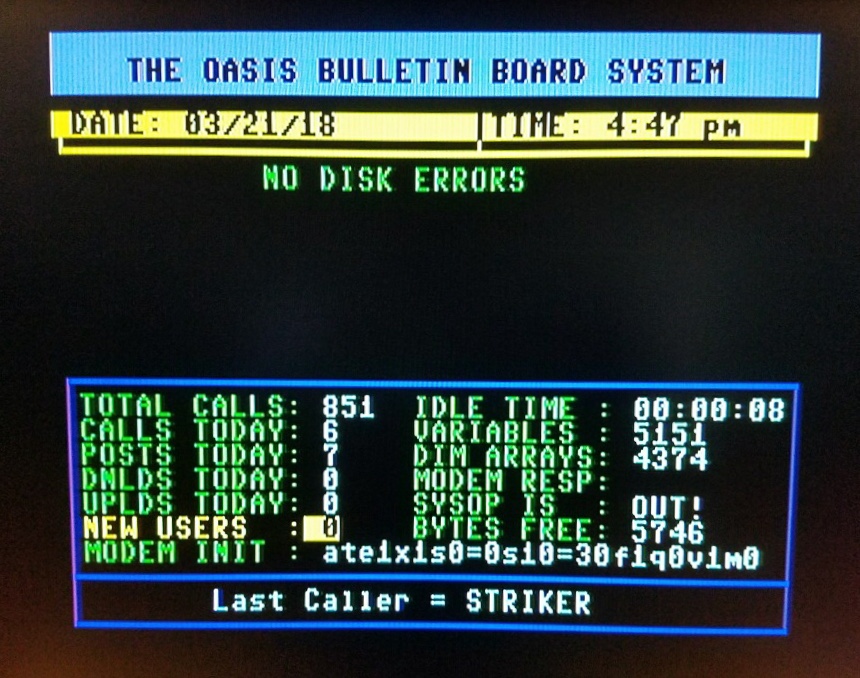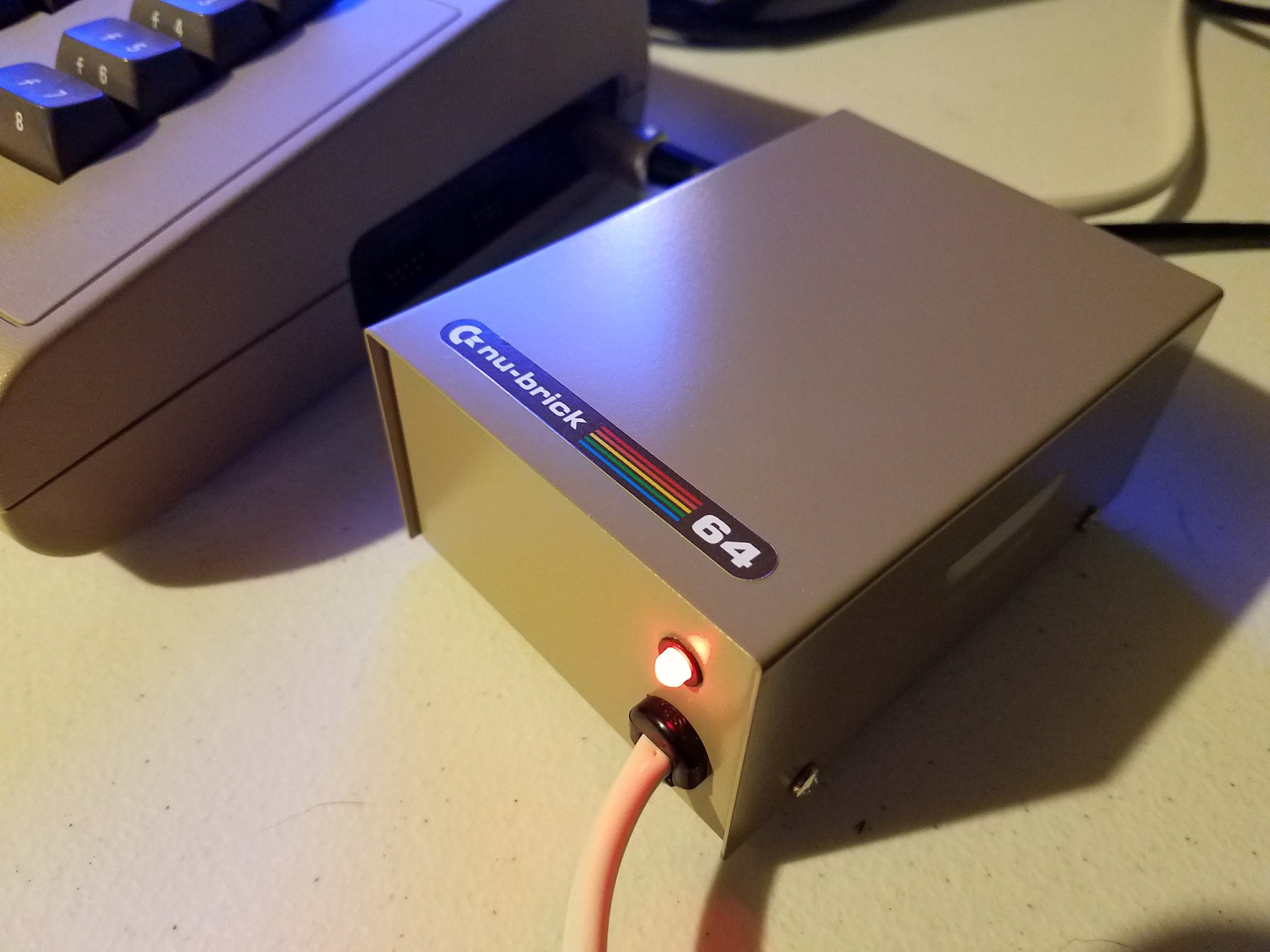AnyBit Fever Dreams breaks down five different ways to produce music using the Foenix Retro Systems F256 Junior 2 and F256 K2 systems. The focus is squarely on Foenix F256 sound capabilities, showing how multiple chips—some familiar, others less so—can be harnessed through simple BASIC commands and direct memory pokes. Whether you’re a beginner or deep into SID wizardry, this video moves from the simple to the complex, mapping out the logic of each chip while offering code examples and audio demos that build on each other.
SuperBASIC and Instant Tones
Level zero introduces the simplest method: prebuilt SuperBASIC sound commands. These are short, usable right away, and lean on the built-in PSG chip. They don’t impress musically but serve well in simple games or audio cues.
Level One: MIDI Simplicity with SAM2695
The SAM2695 chip, found in both the Junior 2 and K2, handles MIDI commands directly at address DDA1. This makes it the easiest way to generate sound—no setup ritual, just a few memory pokes to send a MIDI note, set velocity, or even switch instruments.
Level Two: PSG with SN76489
Stepping up, the dual PSG chips offer six channels of pulse waveform audio. Calculating frequencies is more involved, requiring formulas based on NTSC reference clocks. The video walks through this with clarity and provides ready-to-use tables for quick reference.
Level Three: The Legendary SID
Here’s where it gets nostalgic. The Foenix includes two SID chips mapped to the same addresses as the Commodore 64, making existing SID code highly portable. The video demonstrates both simple tones and advanced modulation, highlighting how easy it is to reuse C64 knowledge on the Foenix.
Level Four: FM Synthesis with OPL3
The YMF262 chip supports OPL2 and OPL3 FM synthesis. This part gets more technical, explaining operator setup, waveform selection, frequency control, and envelope shaping. Though setup is extensive, the video simplifies it with structured examples and audio results—including a Lemmings soundtrack demo.
Bonus Preview: VS1053b Chip
The VS1053b is mentioned briefly. It supports MIDI, MP3, WAV, and more—offering even richer playback potential, though setup requires sending a stream of patch commands first. A deeper follow-up is promised in a future video.
Final Thoughts
This isn’t just a how-to, it’s a multi-layered tour of the Foenix F256 sound architecture. Whether you’re dabbling in SuperBASIC or chasing full polyphonic FM compositions, the video teaches practical approaches without hand-waving.







